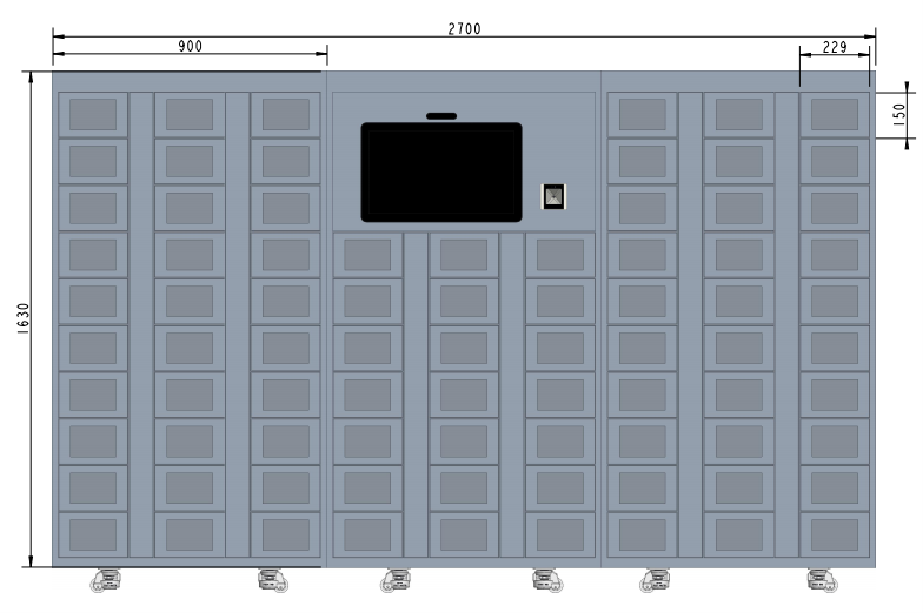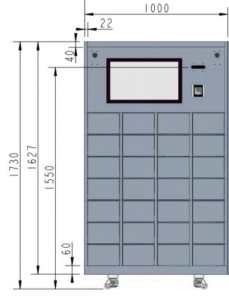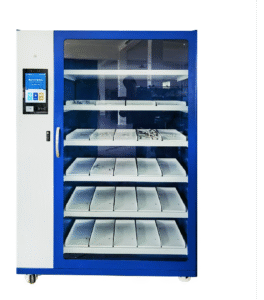Weighing Material Cabinet (Small Compartment Version) is a specialized storage and weighing solution developed by HYVODA for “small-sized, micro-quantity materials”—such as electronic components (resistors, capacitors), precision hardware (mini screws, washers), laboratory reagents (micro-scale powders), and medical consumables (small syringes, test strips). It integrates high-density small-compartment layout, ultra-precise micro-weight sensors, and intelligent inventory management to address core pain points of traditional small-material management: “disordered storage leading to loss”, “inaccurate manual weighing of micro-materials”, “time-consuming inventory counting of small batches”, and “difficulty in tracing tiny high-value items”.
Unlike the large-compartment version designed for heavy/bulky materials, this small-compartment model features a compact, multi-grid structure (up to 51 compartments in a single main-sub cabinet combination) with miniaturized weighing units. It focuses on “space-saving, precision measurement, and traceability of small items”, making it an essential tool for electronics manufacturing, precision engineering, scientific research laboratories, and medical device industries to achieve refined management of micro-scale materials.





